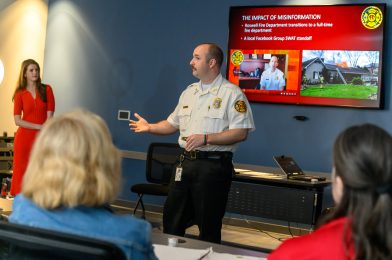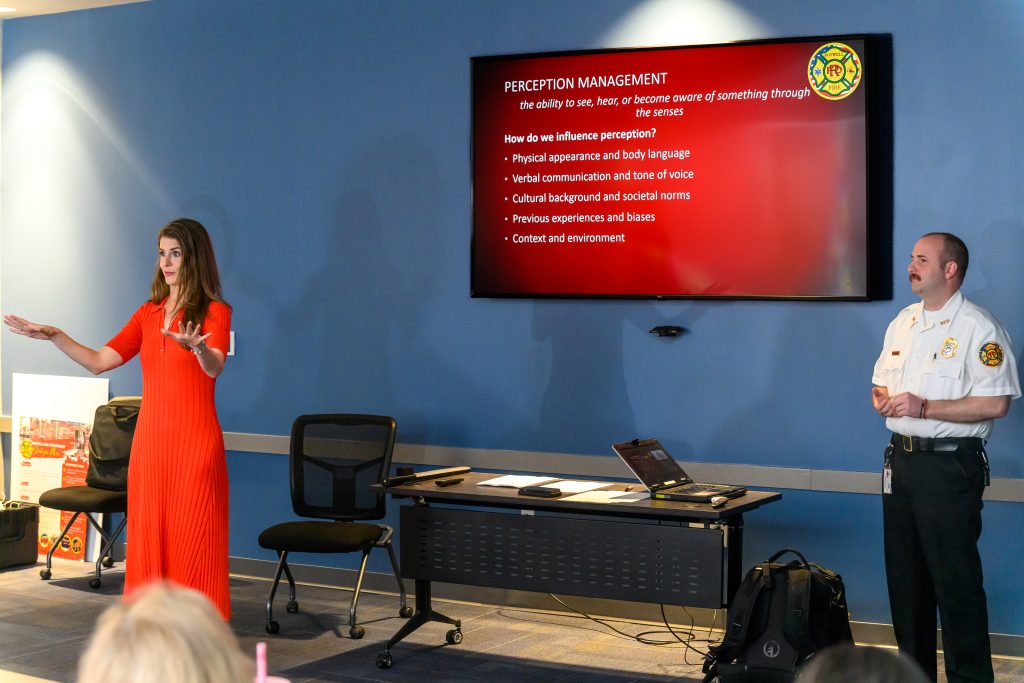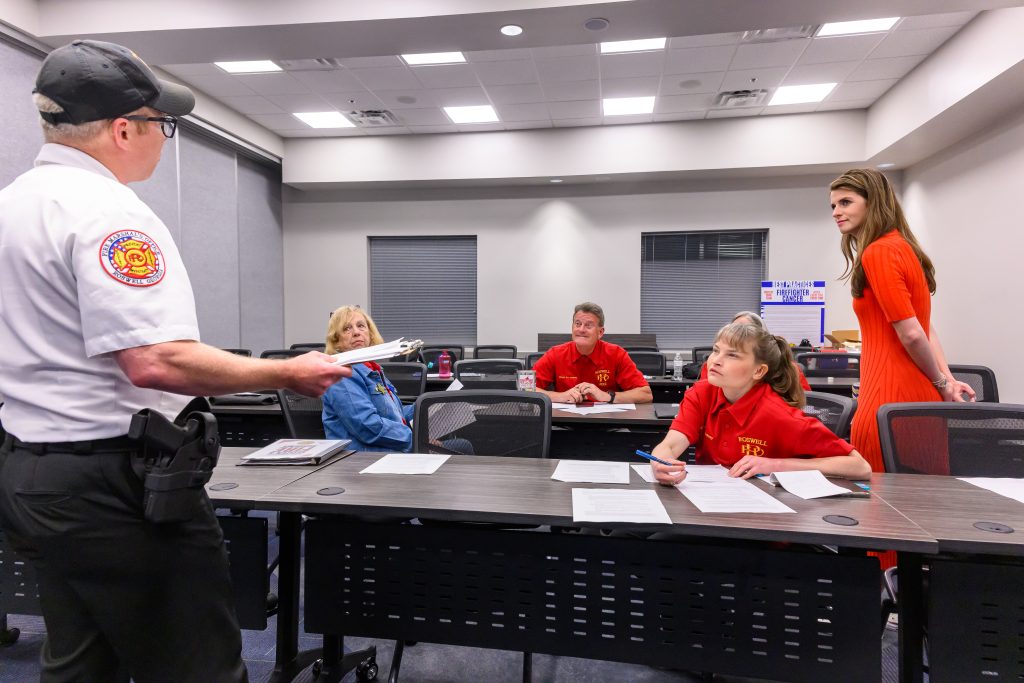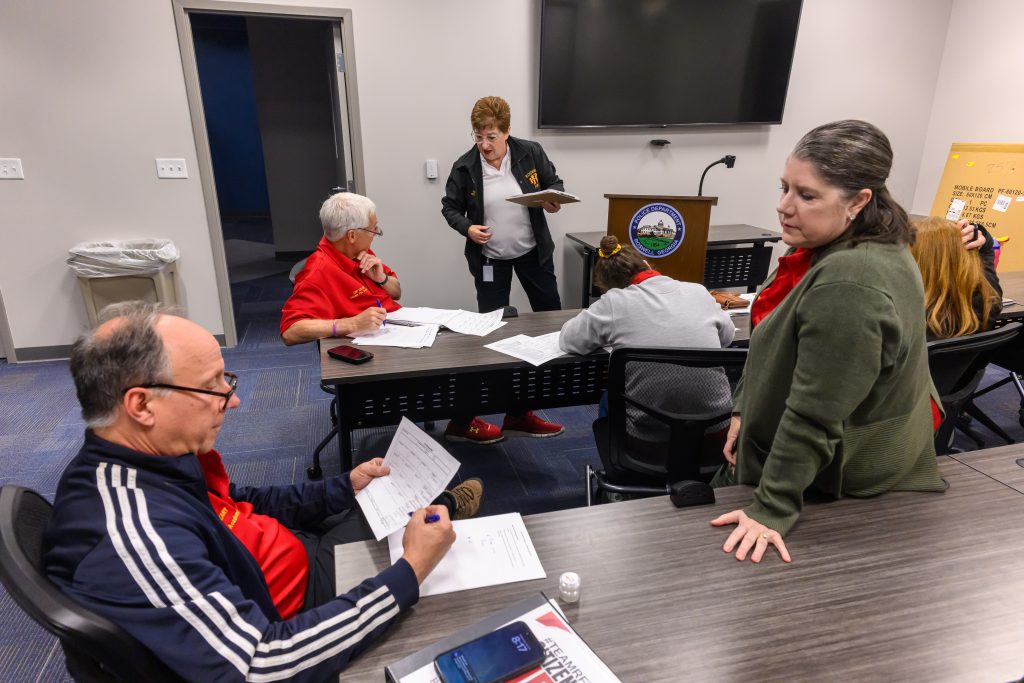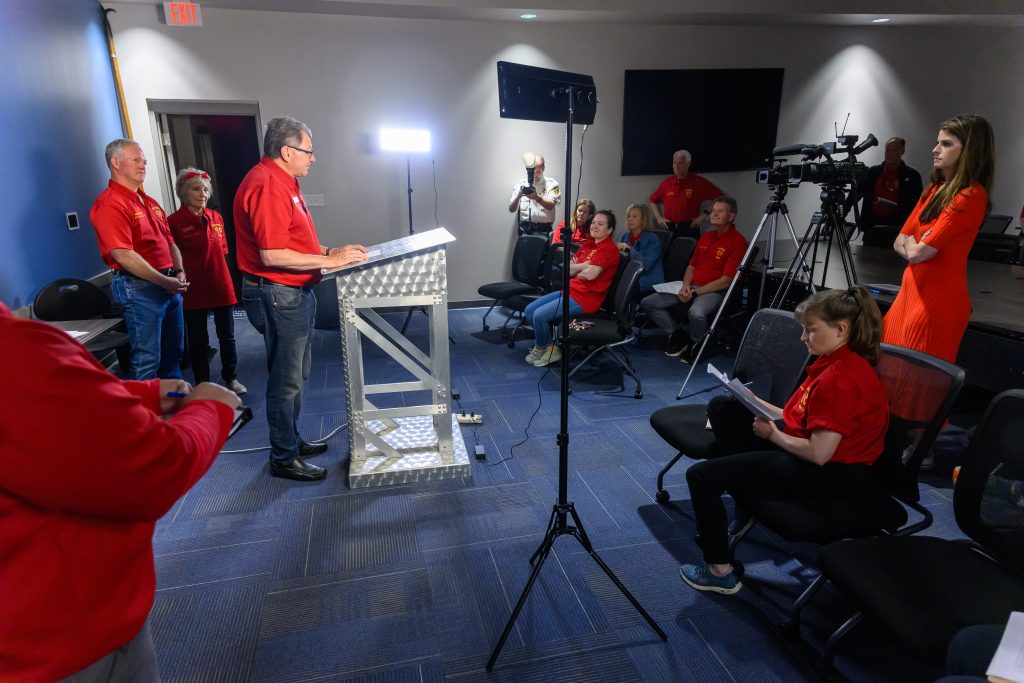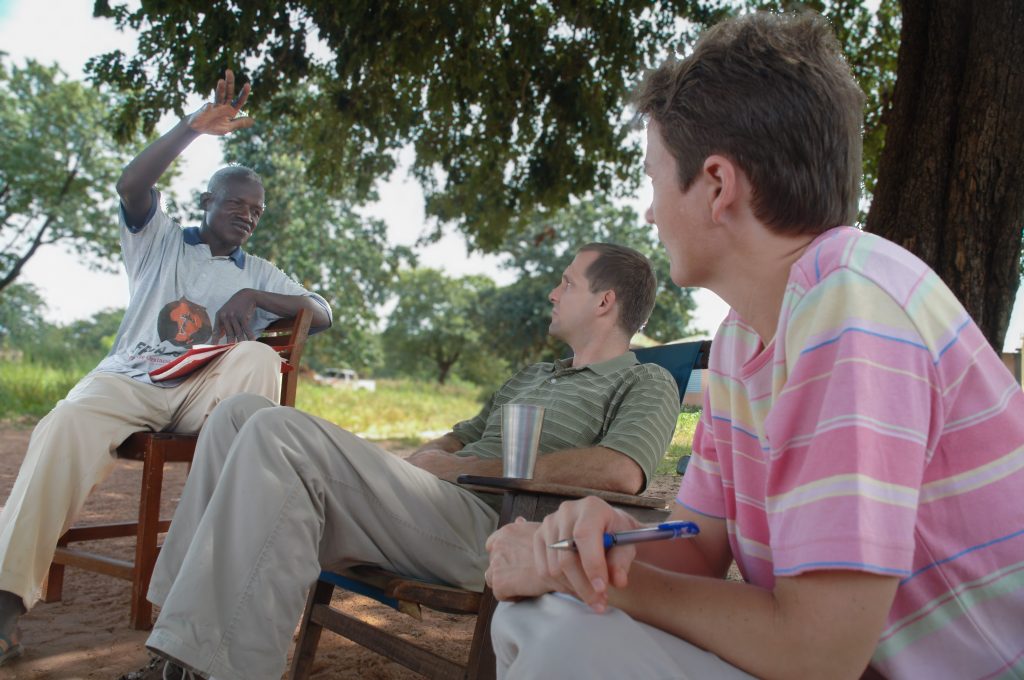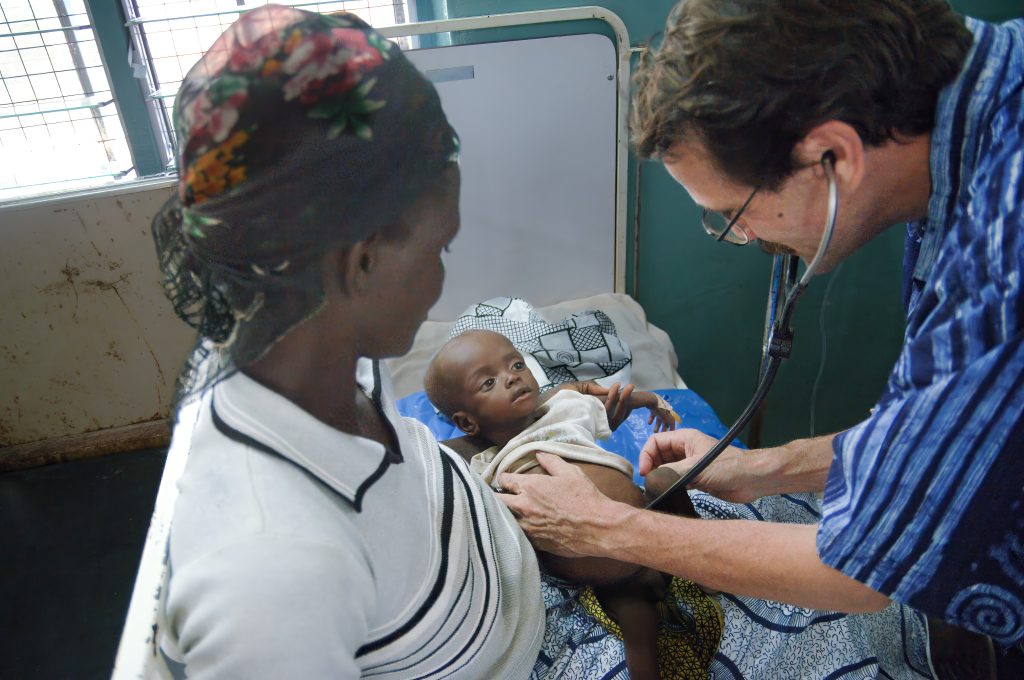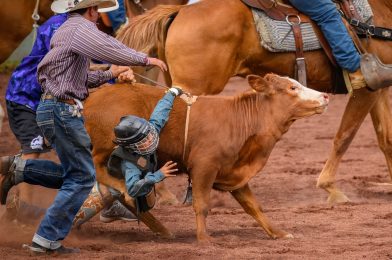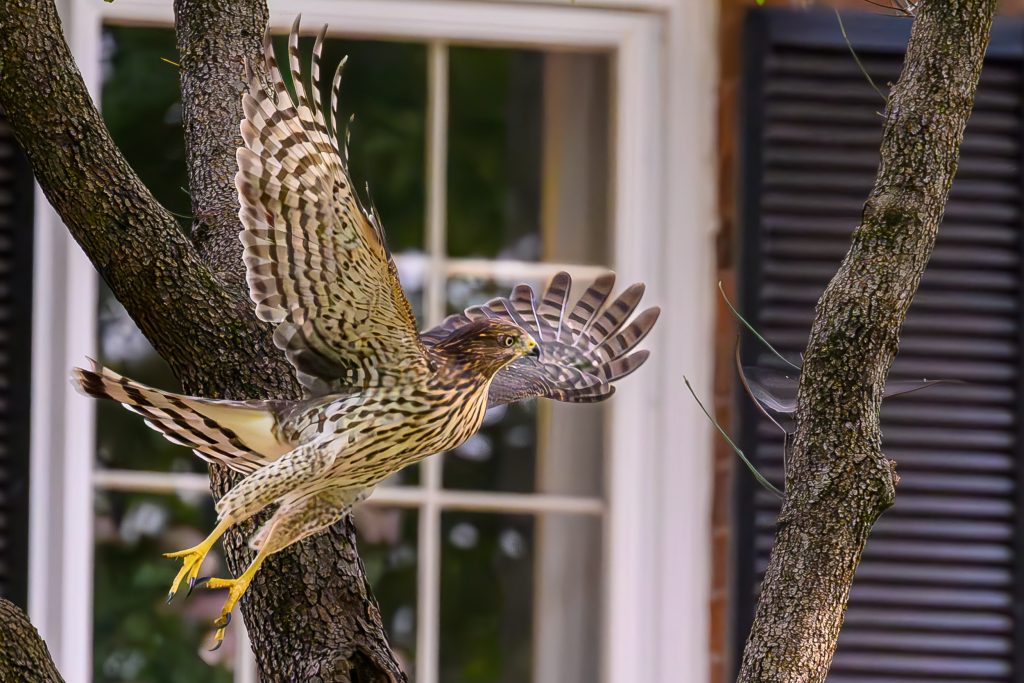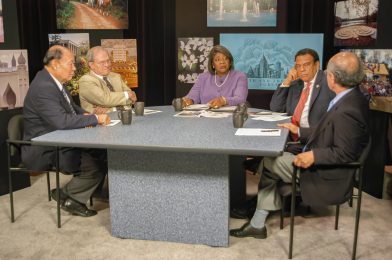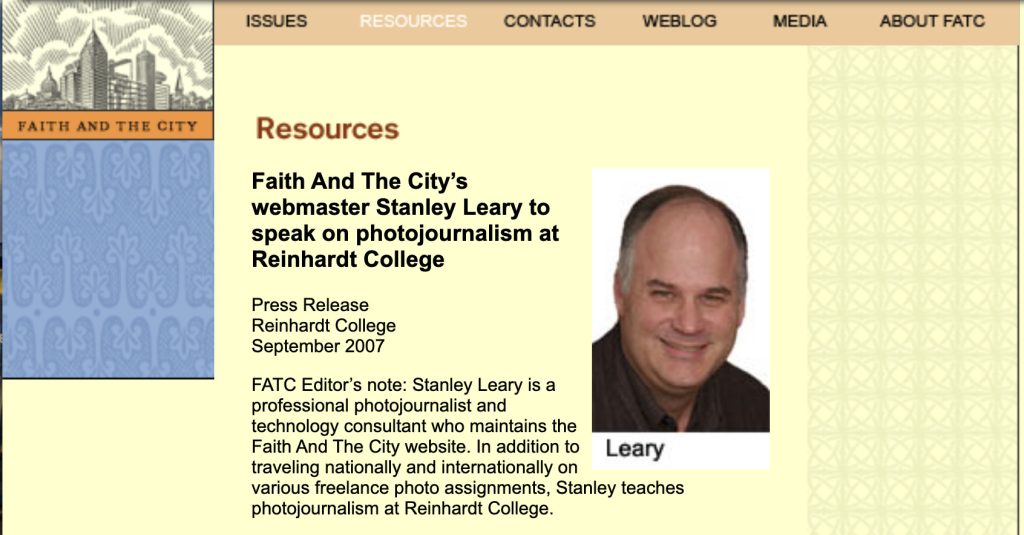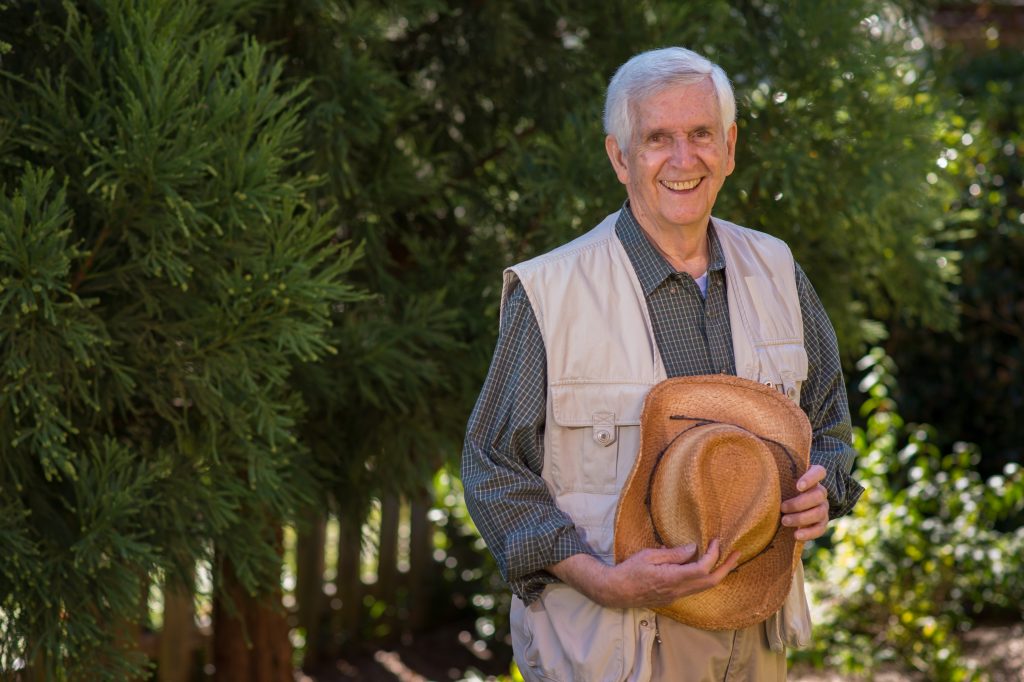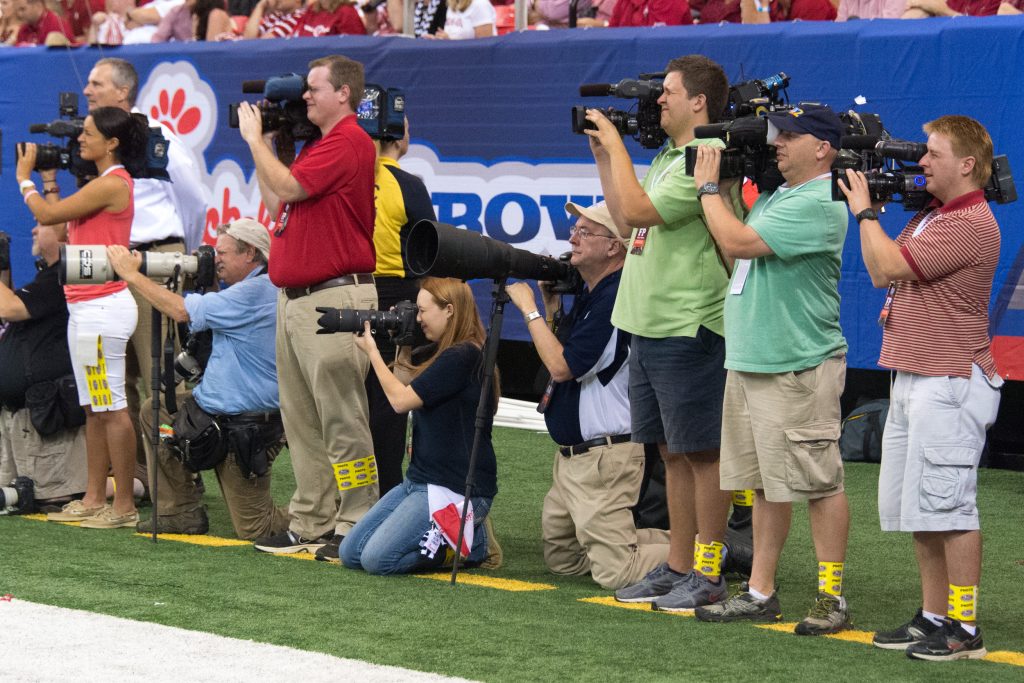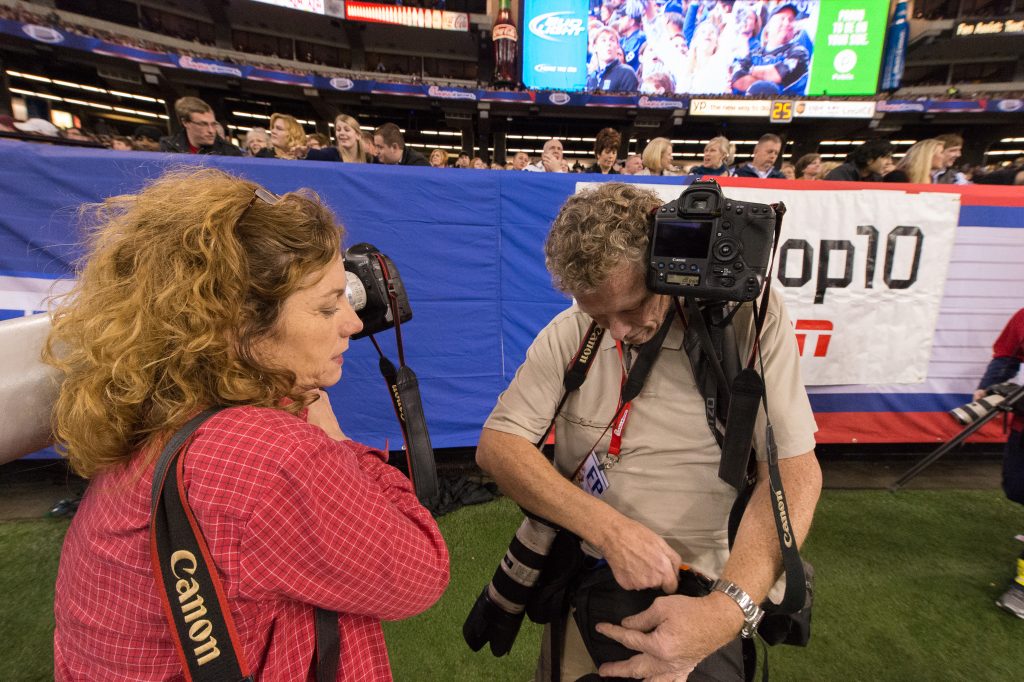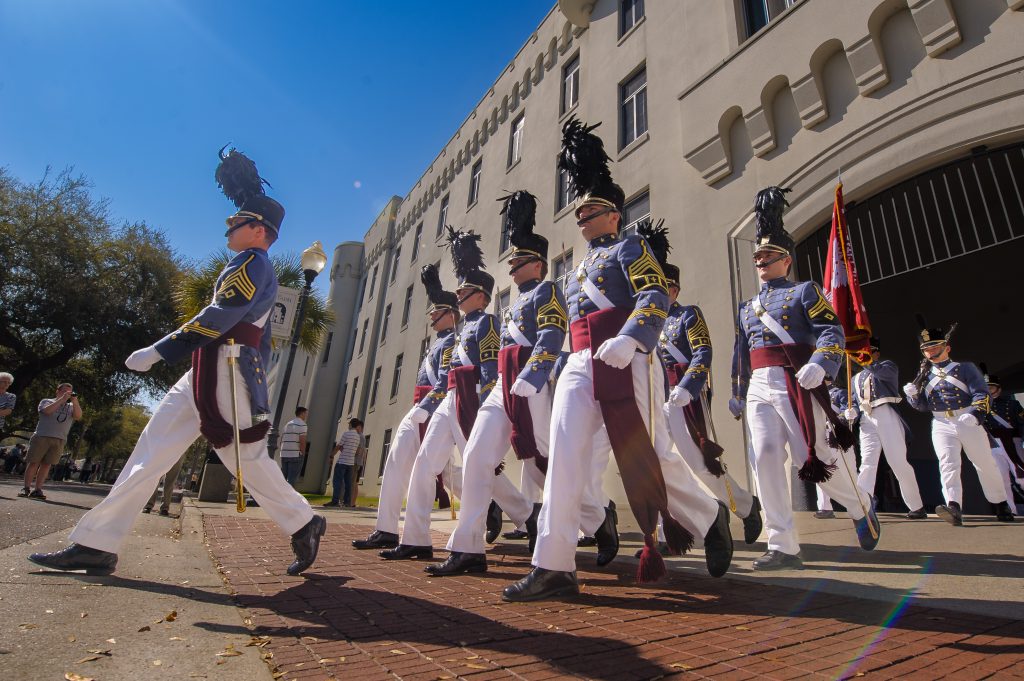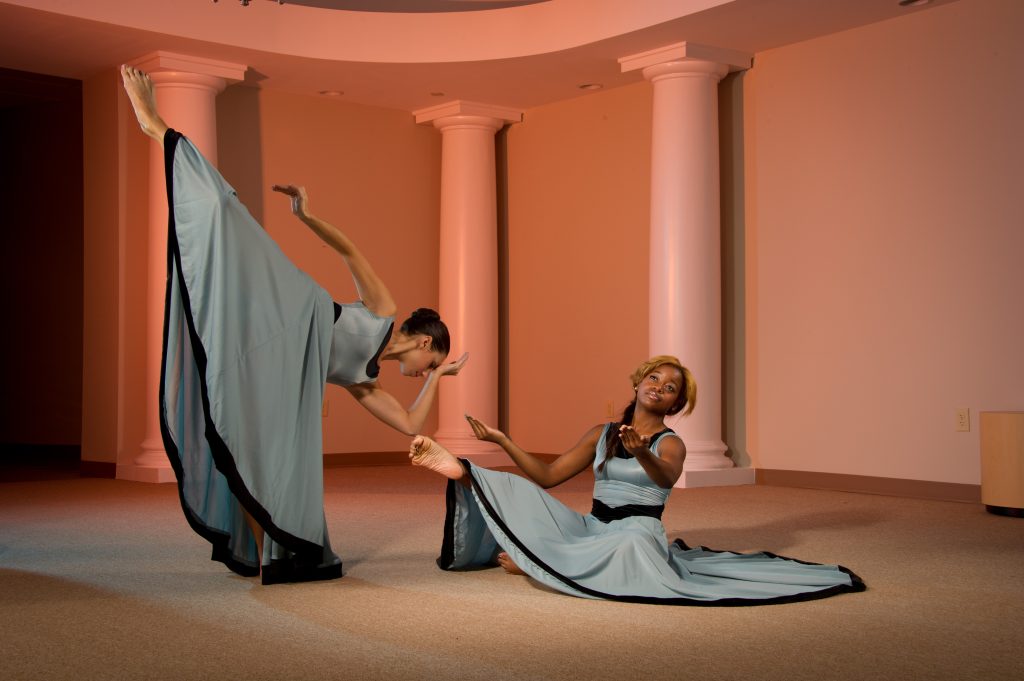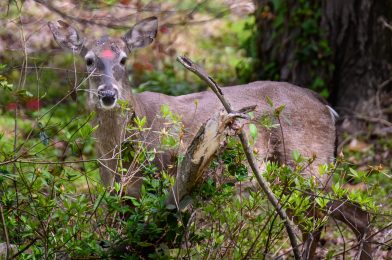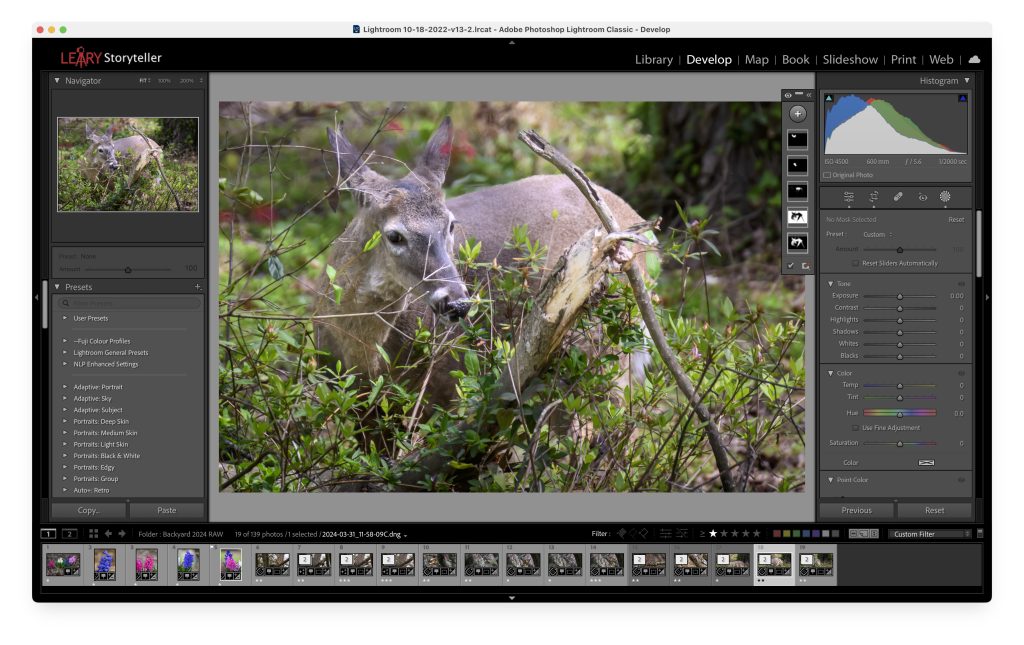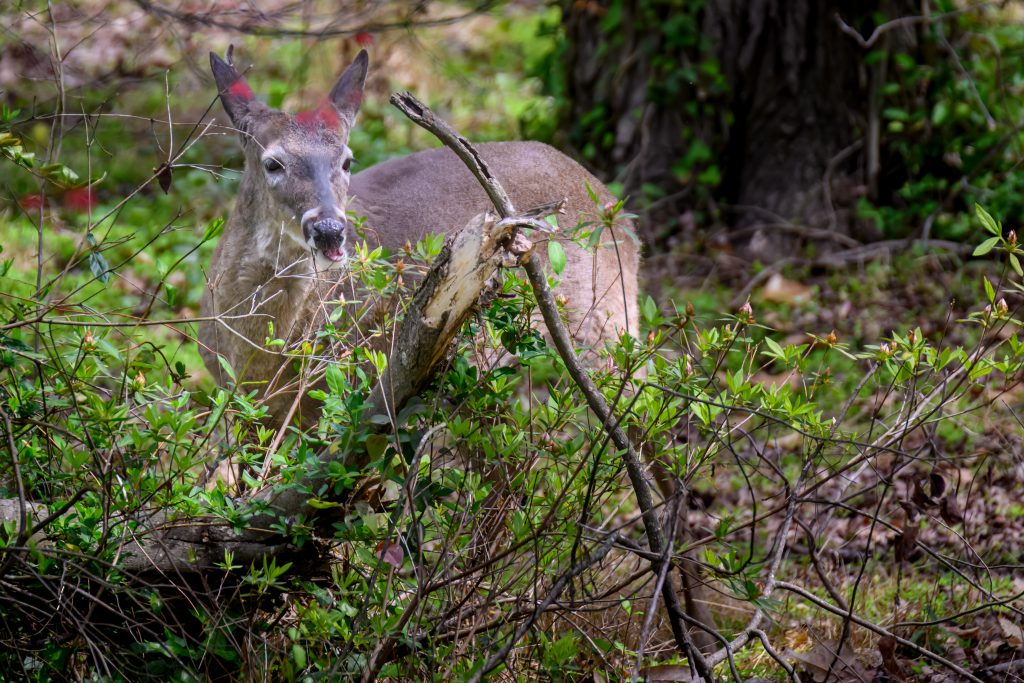Caption: Capturing the essence of dedication and care: William L. Fletcher III, CPO, exemplifies compassion as he works alongside patient John Thomas Jr. at Hanger Prosthetics and Orthotics in Columbus, GA. Every moment and connection tells a story of resilience and support in the journey towards mobility and independence.
Finding peace and gratitude in our work can sometimes feel like an elusive goal in our fast-paced world. As someone deeply entrenched in photography and storytelling, I’ve realized that the principles guiding my work can be applied universally, regardless of the industry or role you find yourself in. Here are some key insights that can help you cultivate peace and gratitude in whatever job or role you’re currently embracing:
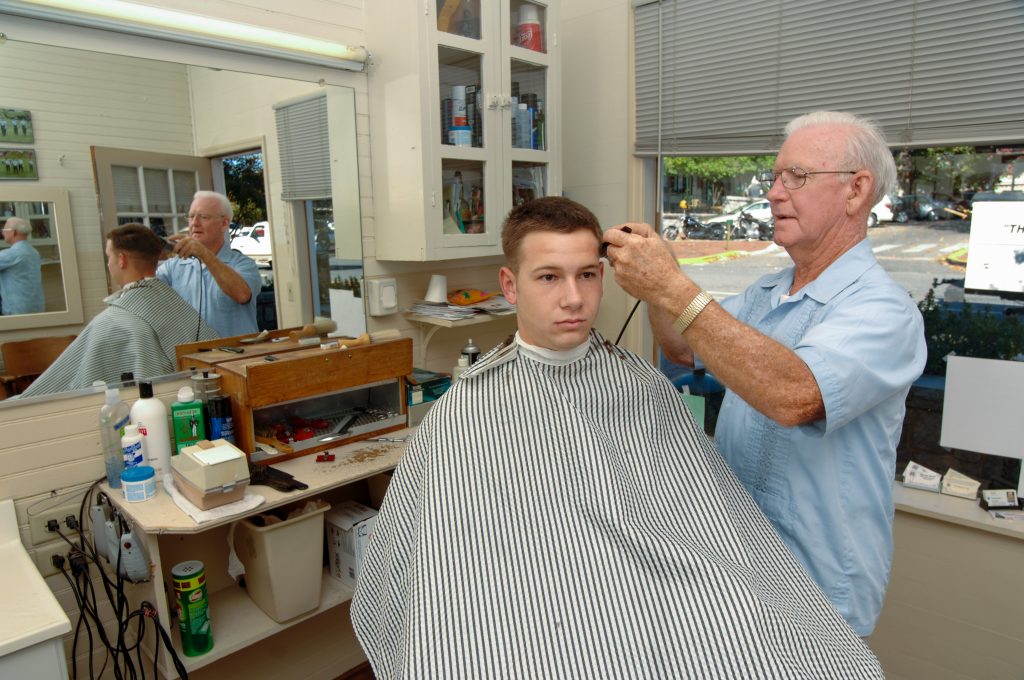
- Calling/Purpose: We often hear about finding our passion or calling and pursuing that for true happiness. Whether serving others, creating art, or innovating in your field, identifying your purpose can be transformative. However, from my Christian perspective, I believe our ultimate calling is to serve others and reflect God’s love through our actions. This idea transcends religious boundaries and speaks to the universal truth that finding fulfillment often lies in serving a greater purpose beyond ourselves.
- Demanding Service: A mindset focused on receiving something in return for our actions can lead to disappointment and discontentment. In business, this is evident when entrepreneurs prioritize profit over value creation, ultimately jeopardizing the long-term success of their endeavors. Instead, embracing principles such as creating value, pursuing purpose, upholding ethics, and considering the triple bottom line can lead to more sustainable and fulfilling outcomes.
- Thinking Like a Business Owner: Even for those in staff positions, adopting a mindset akin to that of a business owner can provide invaluable insights into the broader context of their roles. Understanding the intricacies of value creation, purpose-driven initiatives, ethical considerations, and holistic performance evaluation can empower individuals to contribute more meaningfully to their organizations. By viewing their responsibilities through this lens, employees can align their efforts with the business’s overarching goals, fostering a sense of ownership and fulfillment in their work.
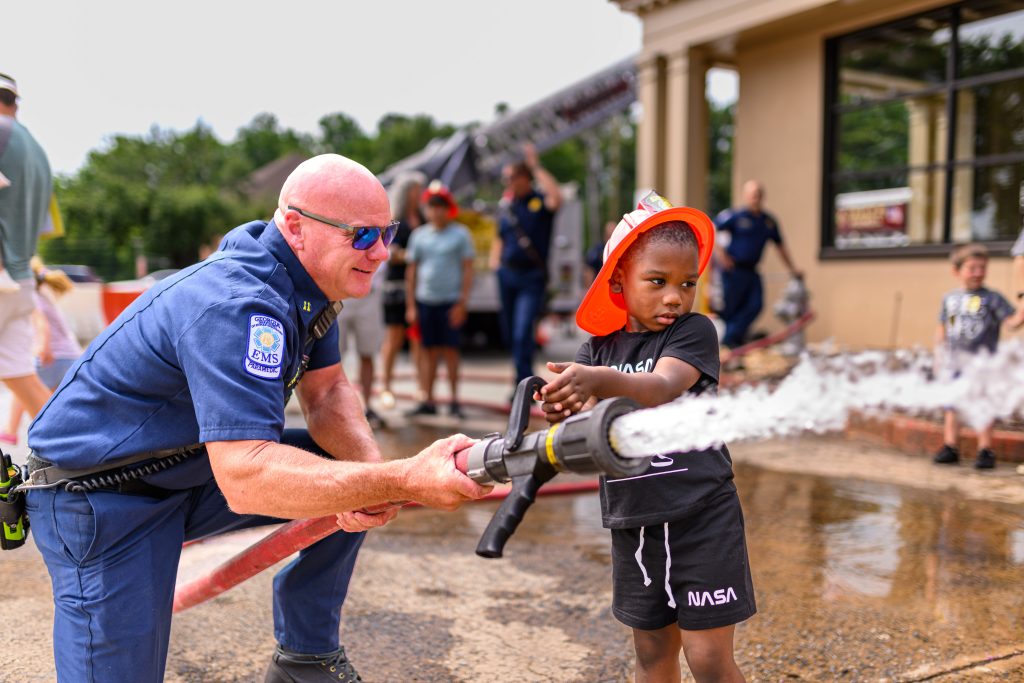
In conclusion, regardless of the nature of your work or your title, finding peace and gratitude is possible and essential for personal and professional fulfillment. By embracing principles of service, value creation, purpose, and holistic thinking, we can navigate the complexities of the modern workplace with grace and resilience. So, as you embark on your journey, remember that your role, no matter how small, can significantly impact the lives of others and bring about positive change in the world.


